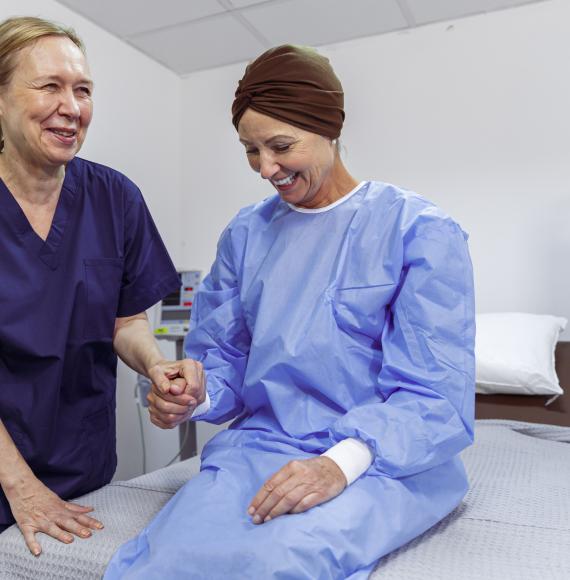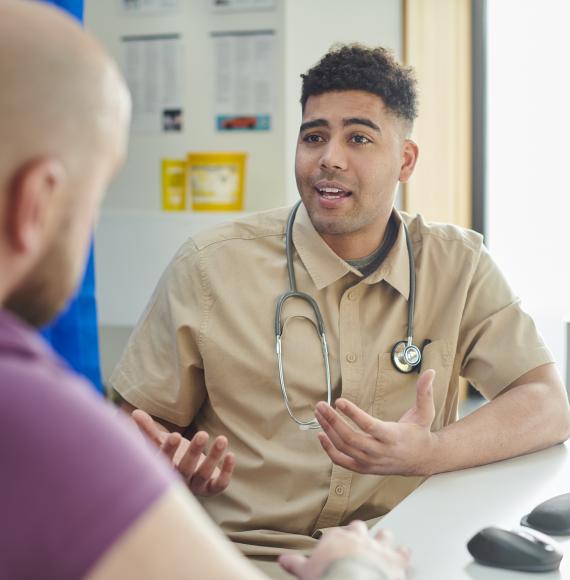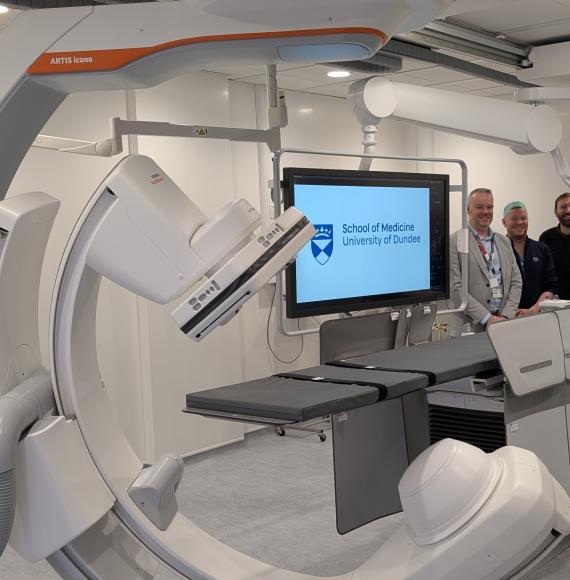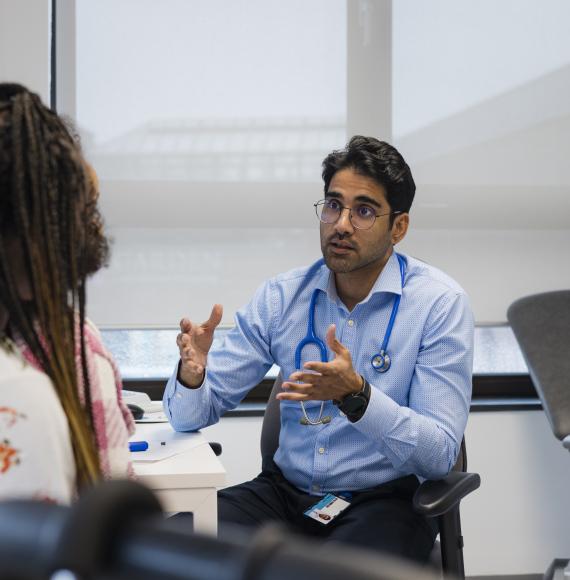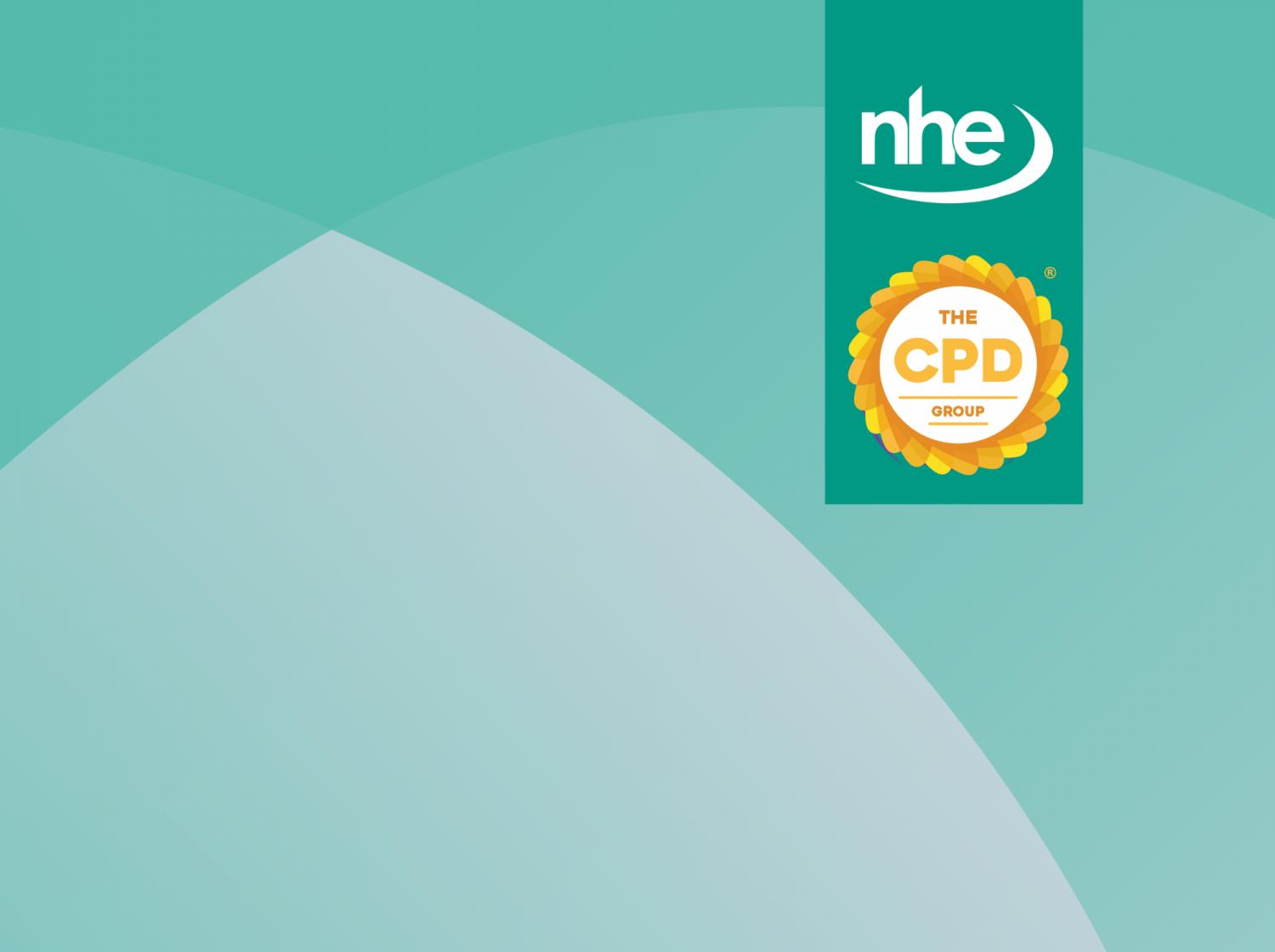Prime Minister Keir Starmer has unveiled a transformative 10 Year Health Plan, launching a new Neighbourhood Health Service that will bring care closer to home for millions of patients and mark one of the most significant shifts in NHS history.
The plan will see multidisciplinary teams of doctors, nurses, pharmacists, social care workers, and community health professionals embedded in local neighbourhoods, delivering care under one roof and reducing the need for hospital visits. These new health centres will be open 12 hours a day, six days a week, offering services from diagnostics and rehab to mental health support, smoking cessation, and even employment advice.
The Neighbourhood Health Service is one of three core shifts in the government’s strategy to modernise the NHS:
- Hospital to community – shifting care out of hospitals and into local settings
- Analogue to digital – embracing AI and digital tools to reduce admin and improve access
- Sickness to prevention – tackling the root causes of ill health through early intervention
This new model will end the “hospital by default” approach, making care more convenient and accessible. Community outreach, including door-to-door health checks, will help detect illness earlier and reduce pressure on GPs and A&E.
Announcing the plan, the Prime Minister said:
“The NHS should be there for everyone, whenever they need it.
“But we inherited a health system in crisis, addicted to a sticking plaster approach, and unable to face up to the challenges we face now, let alone in the future.
“That ends now. Because it’s reform or die. Our 10 Year Health Plan will fundamentally rewire and future-proof our NHS so that it puts care on people’s doorsteps, harnesses game-changing tech and prevents illness in the first place.
“That means giving everyone access to GPs, nurses, and wider support all under one roof in their neighbourhood - rebalancing our health system so that it fits around patients’ lives, not the other way round.
“This is not an overnight fix, but our Plan for Change is already turning the tide on years of decline with over four million extra appointments, 1,900 more GPs and waiting lists at their lowest level for two years.
“But there’s more to come. This government is giving patients easier, quicker and more convenient care, wherever they live.”
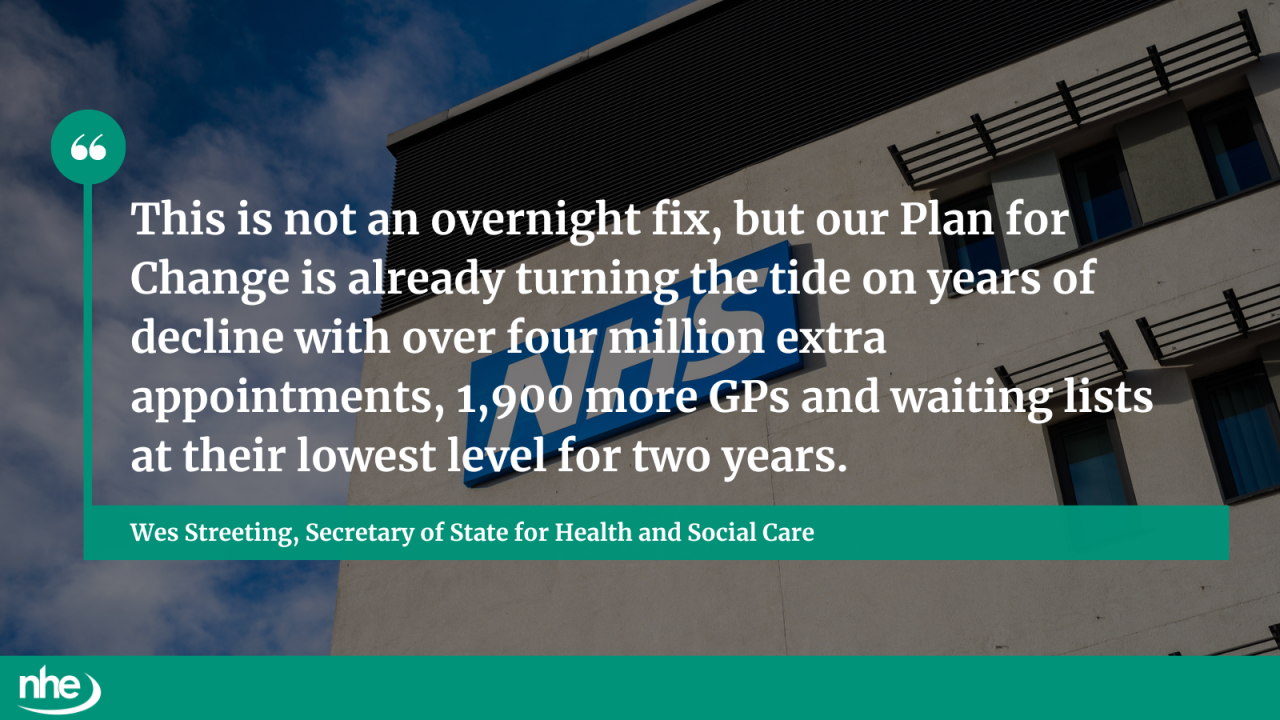
The plan includes:
- AI scribes to eliminate GP admin and free up clinical time
- Digital telephony to ensure all GP calls are answered quickly
- Same-day digital or phone consultations for those who need them
- New GP contracts to expand coverage and support smaller practices
- Training thousands more GPs to bring back the family doctor model
Dental care will also be integrated into neighbourhood teams. Dental therapists and nurses will take on more responsibilities, including check-ups, fluoride varnish application, and school outreach. Newly qualified dentists will be required to work in the NHS for at least three years.
By 2035, the majority of outpatient care will take place outside hospitals. New digital tools will speed up referrals, and services like cardiology, ophthalmology, and respiratory care will be delivered in the community.
NHS England Chief Executive Sir James Mackey also commented:
“The Neighbourhood Health Service is a huge opportunity for us to transform how we deliver care over the next decade – starting right on people’s doorsteps.
“By bringing together a full range of clinicians as one team, we can deliver care that’s more accessible, convenient and better for patients, as well as reducing pressures on hospitals.”
The plan builds on recent progress: waiting lists are at their lowest in two years, with 4.2 million extra appointments delivered since July, 10 new surgical hubs opened, and 1,900 more GPs recruited since October.
Image credit: iStock





